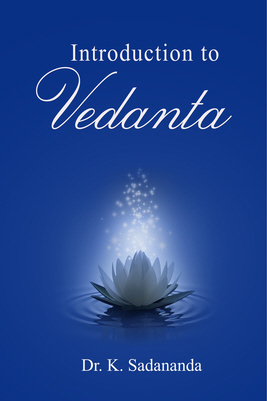Q: Is advaita provable, in the Western, scientific, empirical sense of the word? I guess part of the attraction for me is that it seems to be (along with some other Eastern thought systems) a methodical and thorough exploration of consciousness; consciousness being something (along with death) that Western culture can’t even define let alone explain and explore. Or is my thinking mistaken?
A: Who would prove what? Science is intrinsically empirical and could never say anything about the nature of reality. There are a couple of articles that you should read to clarify this. One by myself is in four parts, beginning https://www.advaita-vision.org/science-and-the-nature-of-absolute-reality-part-1/ and one by AchArya Sadananda in three parts, beginning https://www.advaita-vision.org/science-and-vedanta-part-1/. Nevertheless, Advaita’s explanation of the nature of Consciousness is not contrary to reason or to Western science and philosophy. See my book ‘A-U-M’ for this.
If you are comfortable with the language and ‘explanations’ of modern physics, try Amanda Gefter’s book ’Trespassing on Einstein’s Lawn’. (I must confess I found this a bit hard-going at times!) This shows that the ‘frontiers’ of science are now beginning to think along lines not altogether too distant from the Vedantic scriptures!


